Graphene lithium-ion batteries: Eco-friendly and sustainable
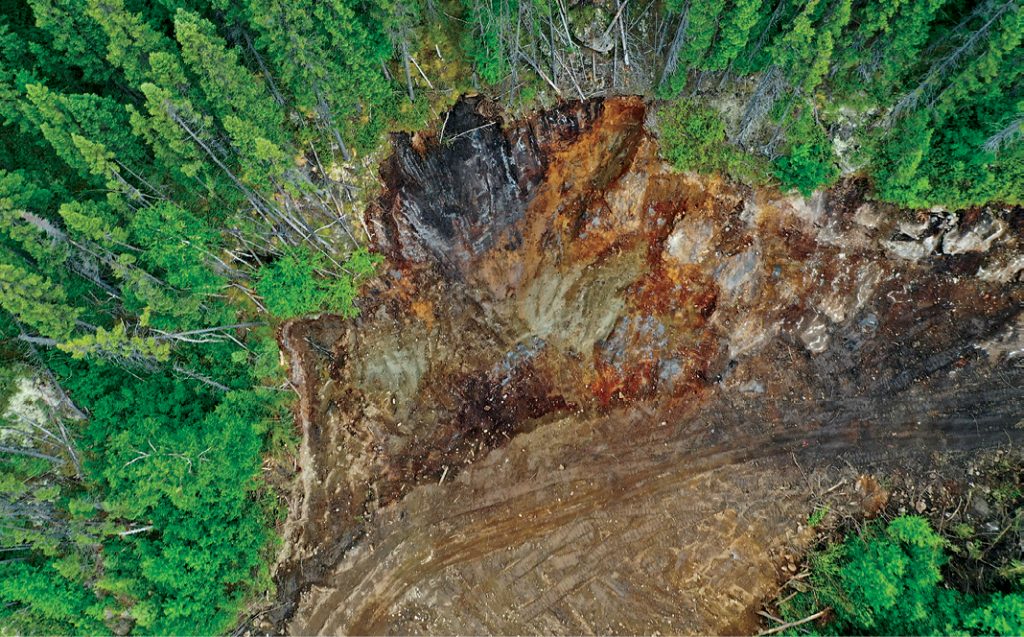
The world will need an estimated 97 natural flake graphite mines to meet the required projected demand. With its huge graphite potential, Quebec is aiming to become one of the world’s largest battery material mining and manufacturing centers.
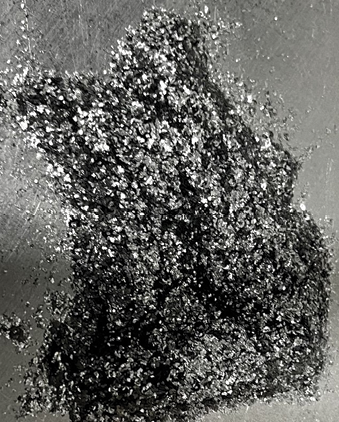
Last August, Ford and LG announced they are investing $1.2 billion in the development of a cathode manufacturing plant in Quebec to provide materials that ultimately supply batteries for Ford’s electric vehicles. The growth of the battery manufacturing sector in Quebec will generate increased demand for a domestic graphite supply. Currently, only one small graphite mine is operating in Quebec, the Lac des Iles project of Northern Graphite. Investing in graphite mining operations will help securing a reliable domestic source. Along with Quebec’s stringent environmental regulations, they have one of the least expensive green renewable energy sources: hydroelectric energy, which also helps to minimize environmental impact. Moreover, with technological advancements, sustainable mining techniques are being implemented to mitigate potential environmental concerns associated with mining activities.
Green Battery Minerals (GEM) is a junior mining company focused on the development of promising
deposits to fuel the EV revolution and other critical innovations. The company’s main activities currently relate to its Berkwood (graphite) and Jupiter (lithium) projects.
GEM has 3.2 million tonnes of indicated and inferred graphite resource on its road accessible 100% owned Berkwood project located in northern Quebec. The Berkwood graphite project is in the Manicouagan regional county municipality, three hours driving from the city of Baie-Comeau. Easy access is provided via a major secondary road, and numerous tertiary and forest roads traverse the property.
Zone 1 deposit is located 8 km southwest of the Mason/Nouveau Monde Graphite deposit. GEM believes its zone 1 deposit and that of Mason/Nouveau Monde share many similar geological characteristics, with the zone 1 deposit being one of the highest-grade graphite deposits in the world. The project is uniquely positioned close to the U.S. battery markets and have access to clean green hydro energy.
Berkwood project has one of the highest-grade graphite deposits in the world at an average of 17%. It has some of the largest flake sizes in the world as well. Historically, the larger the flake size, the more valuable the graphite is.

CREDIT: GREEN BATTERY MINERALS
Graphene, created by an independent high-quality graphene laboratory using graphite from Berkwood project, was used to create lithium-ion batteries successfully. Initial test work, completed on these batteries, confirmed that they are “ESG friendly” LIBs. Tom Yingling, president and CEO of Green Battery Minerals, states, “I am very pleased to announce that we have successfully created graphene-containing lithium-ion batteries using graphite from our Berkwood graphite Quebec property. Graphene-containing LIBs have shown to be far superior to traditional LIB. I am even more excited that we have built these batteries in an entirely environmentally friendly way without using any chemicals, emissions, pollution, or cause waste. A graphene battery is superior on so many points and is better for the environment. The battery itself also costs significantly less to create, which can offer huge savings.”
From the ground to a battery: development of anode material for a test battery
The process starts by taking material from the ground, which contains graphite and host waste rock, and then purifying it with the intentions on testing our graphite as the anode in a finished battery. The process of purifying graphite starts with the crushing of the host rock that contains the graphite. The graphite flakes are then separated using flotation. Samples are ground in a rod mill to the various grind sizes and tested in conventional rougher flotation tests. Cleaning and polishing then follows. Graphite floats: it is put into flotation baths, and several processes are used to have the graphite float to the top where it can then be removed. The final step is purifying to 99.95% using the clean alkaline process.
Advantages of GEM’s graphene lithium-ion battery
1 100% of the graphite comes from a growing North American reliable and stable source.
2 The proprietary technology used to convert the graphite to graphene for anode use is environmentally friendly, with a very low LCA (life cycle assessment) value compared with comparable sources.
3 No chemicals are used in the graphene production.
4 Generates zero waste and high production efficiency.
5 Substantial cost savings, as the process removes numerous steps and chemicals from the graphite purification process.
Electric vehicle car manufacturers are looking for a stable, ESG-friendly, North American-sourced LIB with huge cost savings. Moreover, the technology that GEM and its partners have been working on for graphene LIBs has the potential to offer significant advantages over current LIBs, including the following:
1 Higher electrical conductivity/density.
Graphene has significantly higher electrical conductivity than graphite, giving it more stability and allowing for faster-charging cells that can also deliver very high currents. Graphene offers higher heat conductivity, so batteries run cooler, prolonging their lifespan even in cramped cases like smartphones.
2 Longer battery life.
A significant increase in the amount of time the battery will hold a charge. Keeping a charge longer improves the battery’s lifespan. Graphene LIBs could have a service life of four times that of traditional hydrogenated batteries and twice that of lithium batteries.
3 Faster charging speed.
A significant decrease in the time it takes to charge the battery.
4 More charge cycles.
The number of times a battery can charge in its lifetime increases.
5 Lighter and smaller.
Graphene can make batteries that are lighter and slimmer, durable, and suitable for high-capacity energy storage. The characteristics of graphene significantly reduce the weight of the battery by up to 50% of a traditional battery. This decreases the weight of an electric vehicle, thus improving its efficiency.
6 More power.
The power storage capacity is three times that of the best products on the market.
7 Travel longer.
An electric car powered by graphene batteries has been shown to travel up to 1,000 kilometres, and its charging time is less than 8 minutes.
8 Fits into the current LIB process.
This technology is expected to be readily integrated into existing LIB development and production line processes.

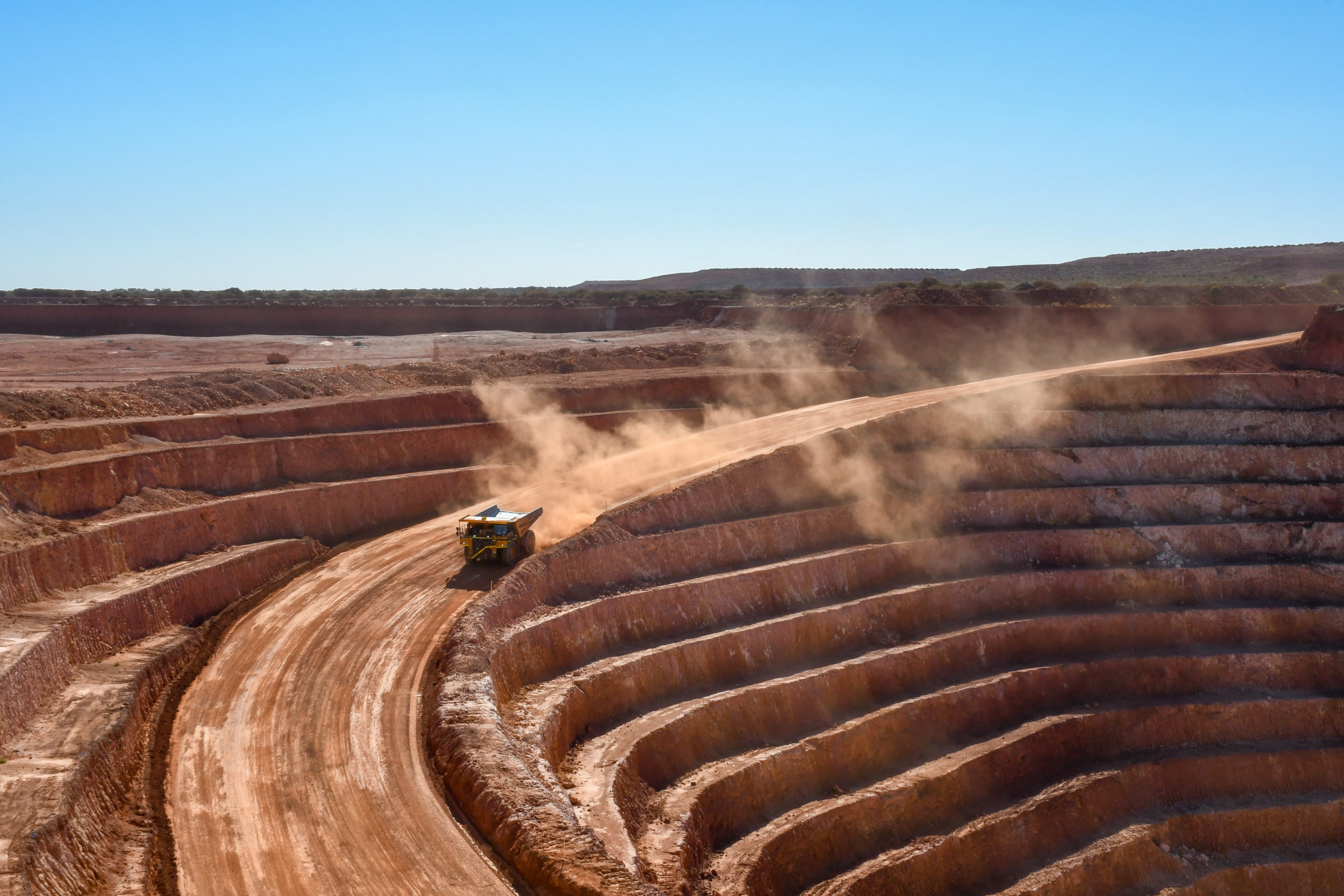
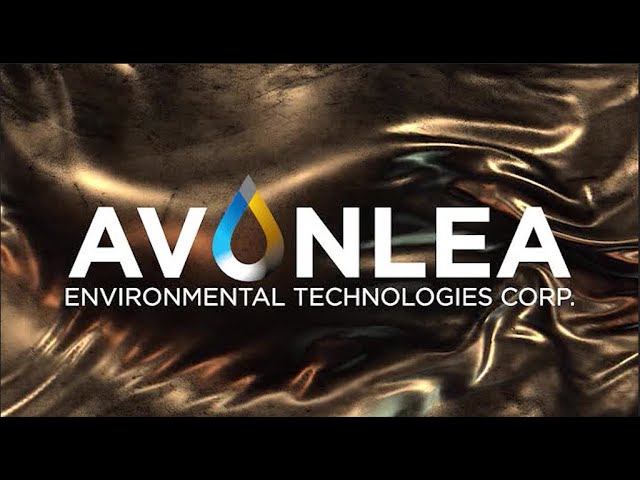
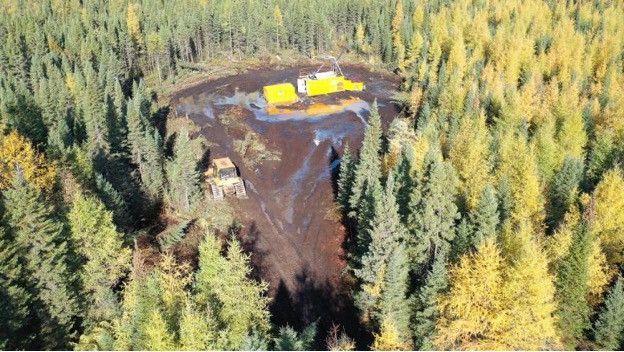
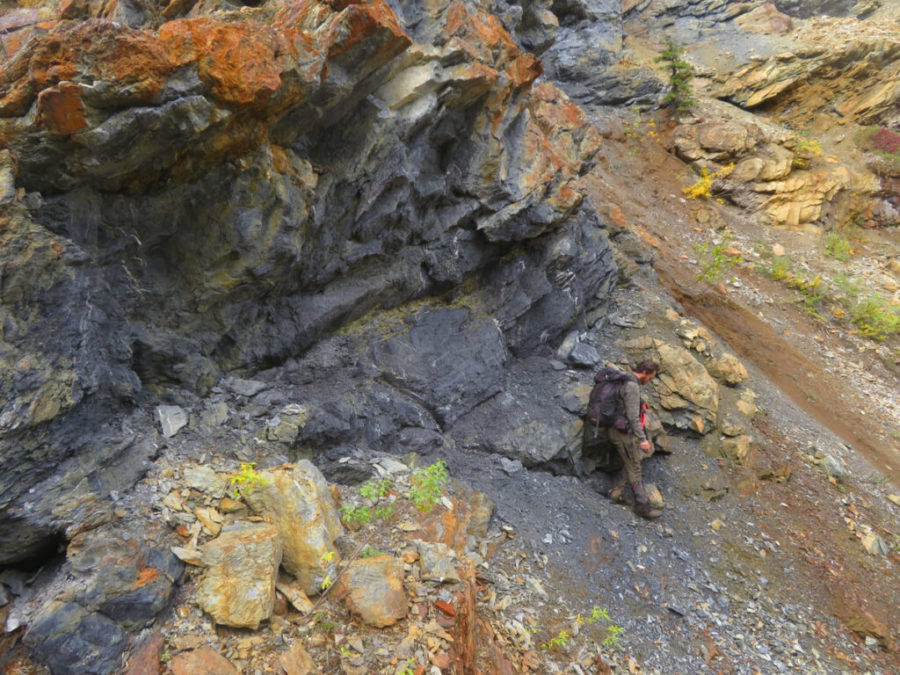
Comments